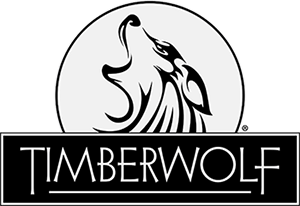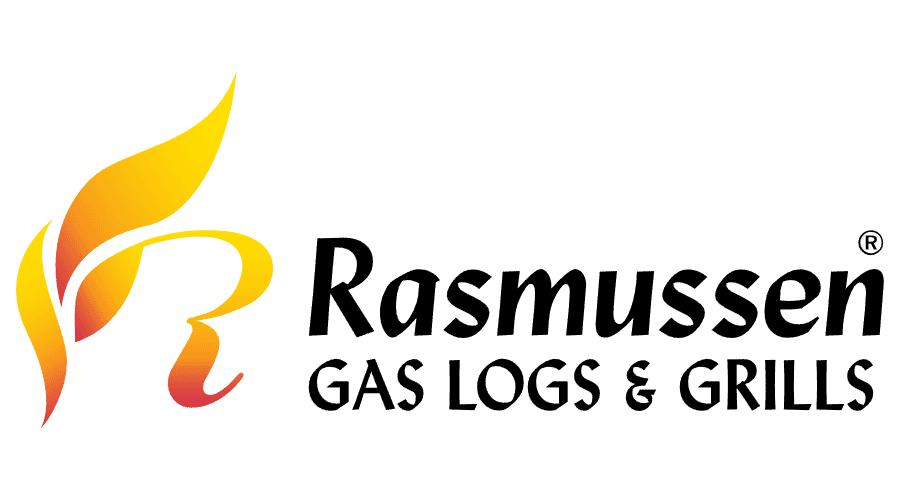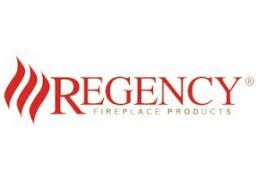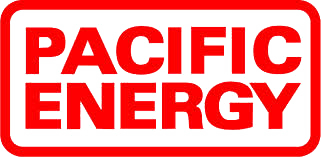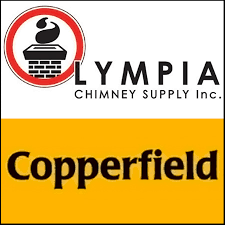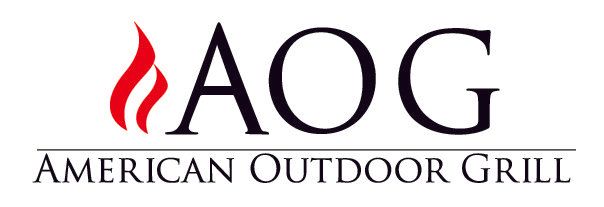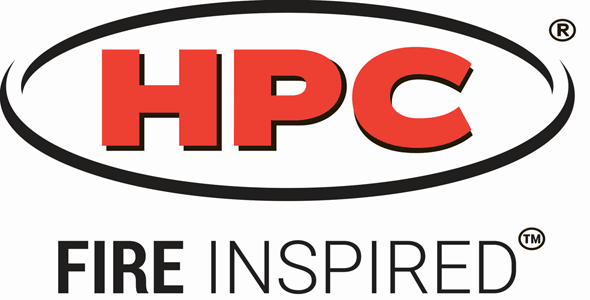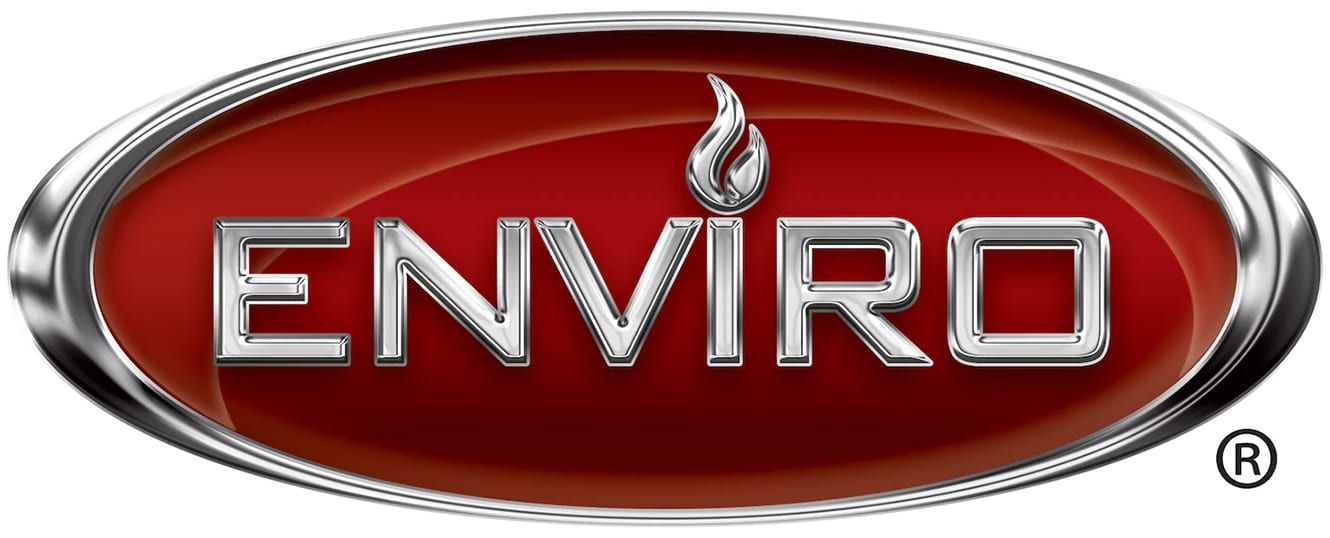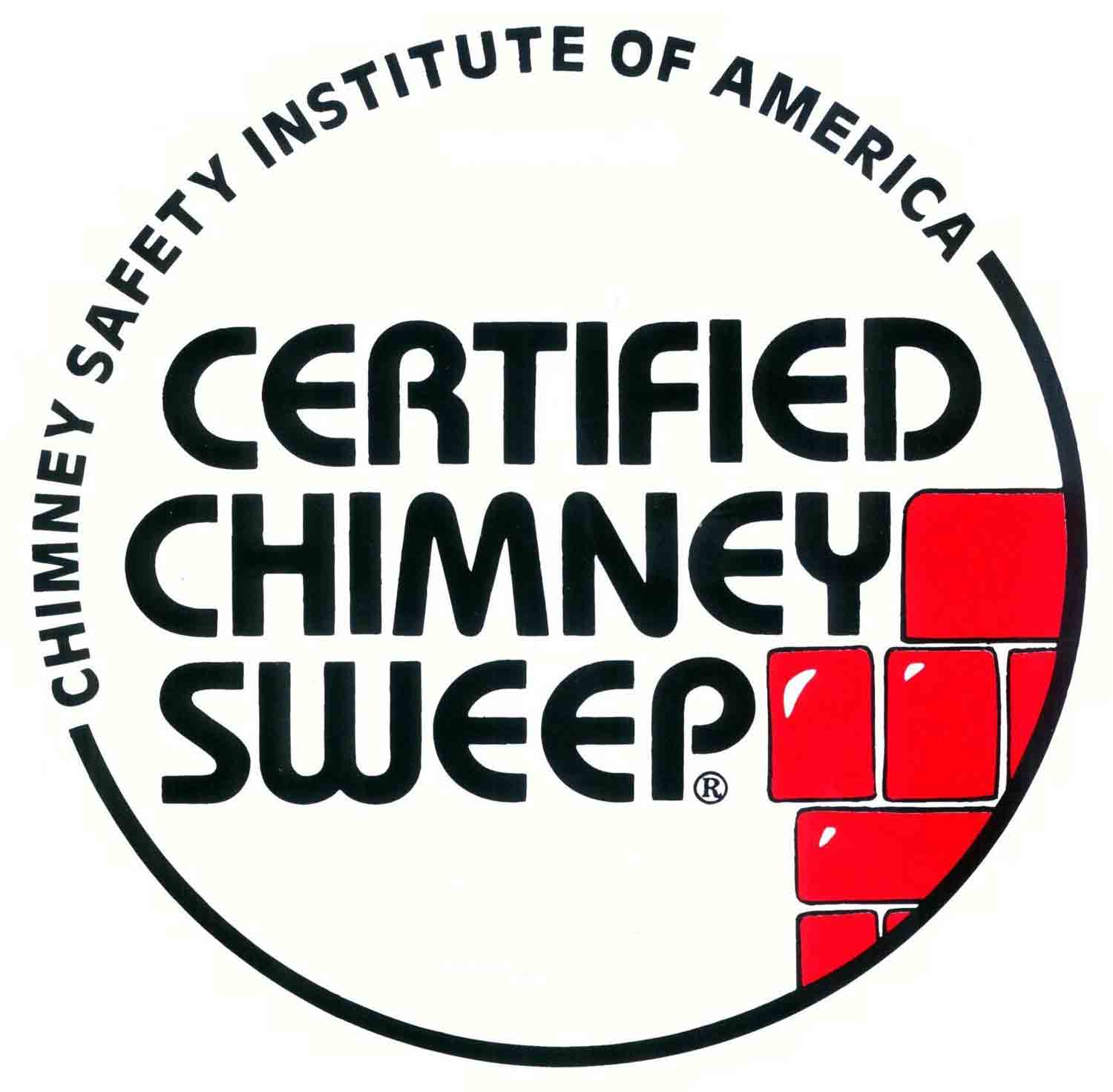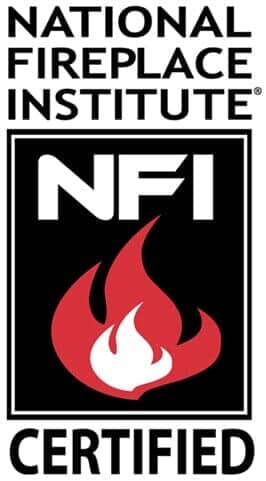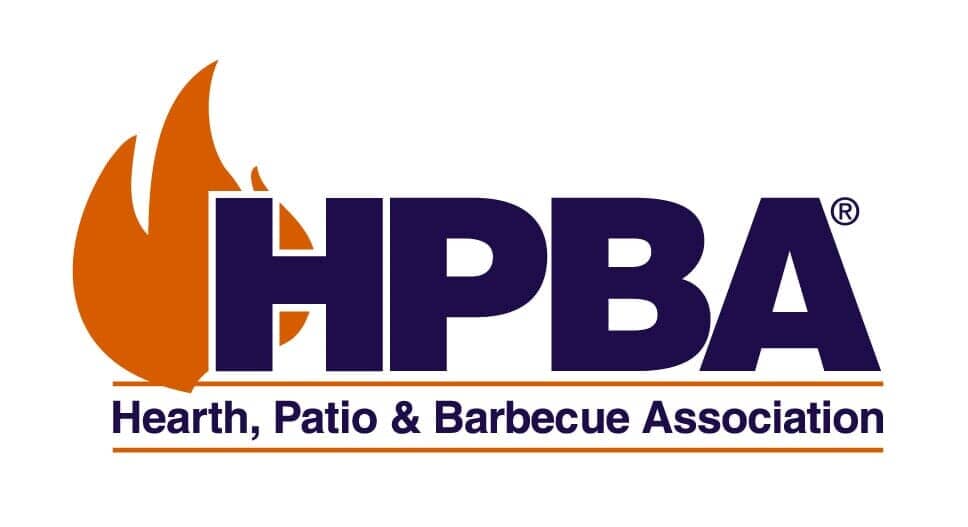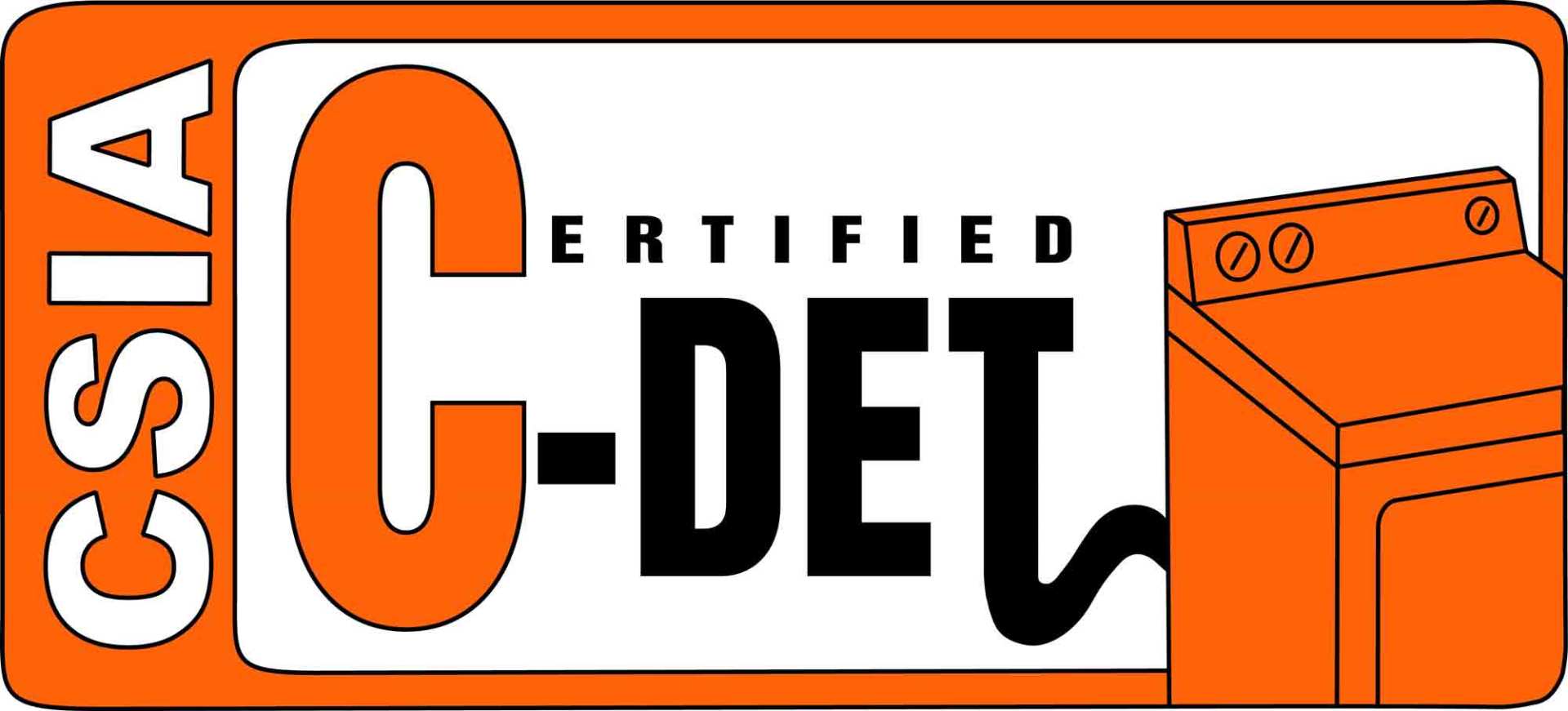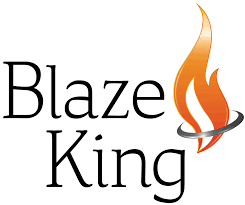WOOD & GAS FIREPLACE PRODUCTS & SERVICES
Products & Services
Most fireplace manufacturers recommend annual servicing of their wood and gas fireplaces. This ensures not only their safety but also helps to maintain the reliability of the appliance. Most Homeowner Associations also require annual inspections of all wood and gas fireplaces. Service Monkey offers an extensive inspection of wood and gas fireplaces to ensure their safety. We work on any wood or gas fireplace or stove and will use manufacturer’s parts, when available, for any necessary repairs. Our technicians carry dozens of parts on their vehicles to accommodate on-the-spot repairs when possible. We belong to a variety of trade organizations (HPBA, NCSG, CSIA, NFI) to ensure we are up-to-date with the latest technology, trends and information available in our field.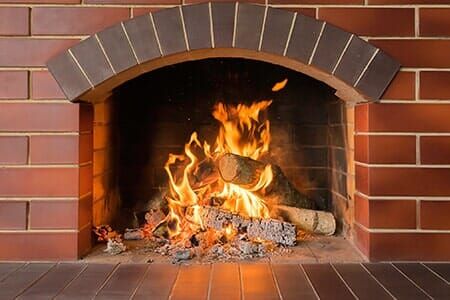
SERVICES
- Annual Gas Fireplace Tune-Up and Inspection
- Annual Gas Fireplace Safety Check
- Chimney Sweep/Level I, Level II and Level III Inspections
- Mechanical & Chemical Chimney Sweep
- Video Scanning of Chimneys and Venting Systems
- Dryer Vent Cleaning
- Installation of Wood, Gas, Pellet, and Electric Fireplaces
- Installation of Gas Line (in most municipalities/Seasonally)
- Repairs to Wood and Gas Fireplaces
- Sales of fireplaces, fire pits, grills, and more!
We also work with electricians, masons, carpenters, drywall and other sub-contractors if your job requires. We use the utmost care when working in your home. We will remove our shoes when the weather warrants and we use tarps to protect carpet and furnishings if necessary. We pride ourselves on leaving your home in good condition. We offer competitive rates and discounts for commercial properties. Please contact us for specific pricing. Although we will work on any type of fireplace or stove, we represent a variety of manufacturers and suppliers to ensure we can meet most any need you may have.
We are long-standing members of the Better Business Bureau with a rating of A+. We also believe in giving back to our local communities and make annual donations to several organizations.


